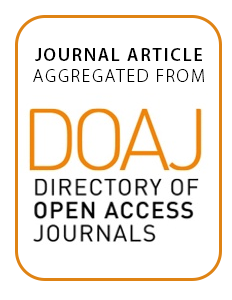Real estate function impact on its value exemplified by the city of Gdańsk
Spatial planning is connected with speculations in real estate market, which deepens the process of urban sprawl. Adequate land management supporting free market – both investment decision of businesses and location decisions of households – is necessary if amorphous city growth is to be prevented. A change, or even information about change in the local plan determines decisions in the real estate market. On the basis of the studies conducted it can be said that the factor causing the greatest value increment is the possibility of development.

